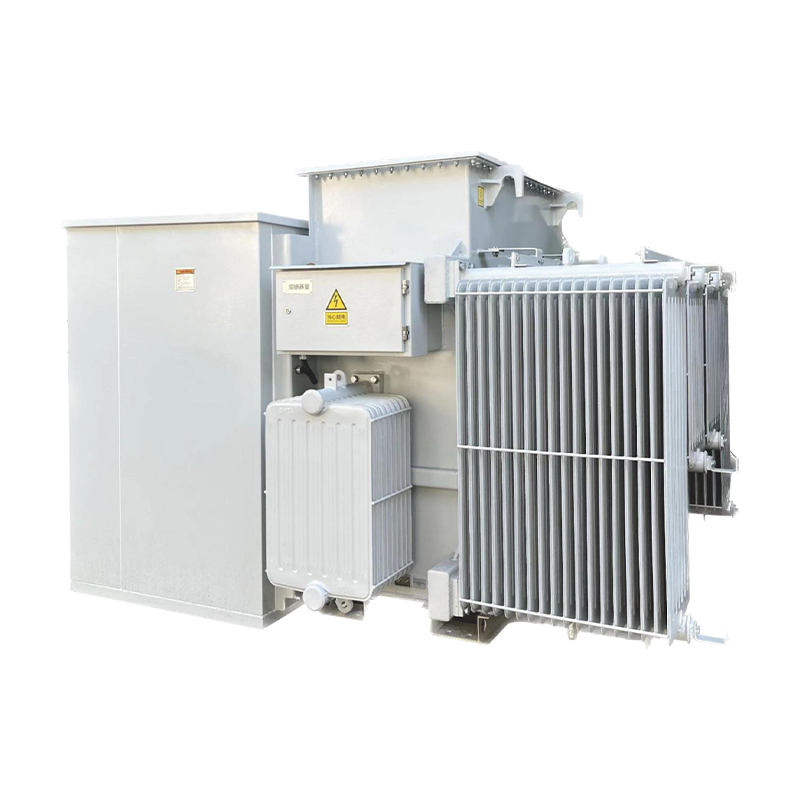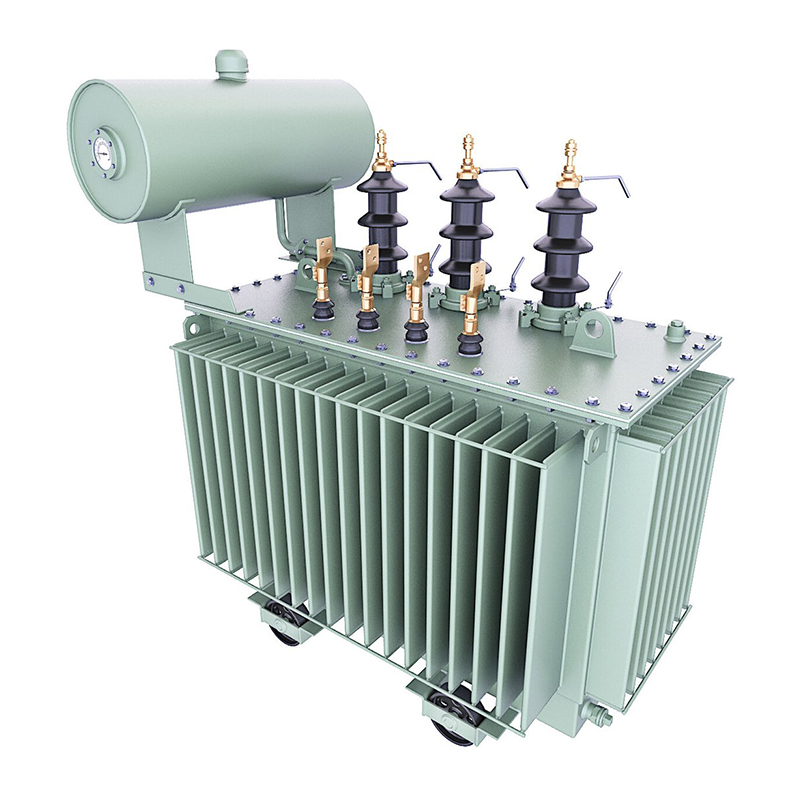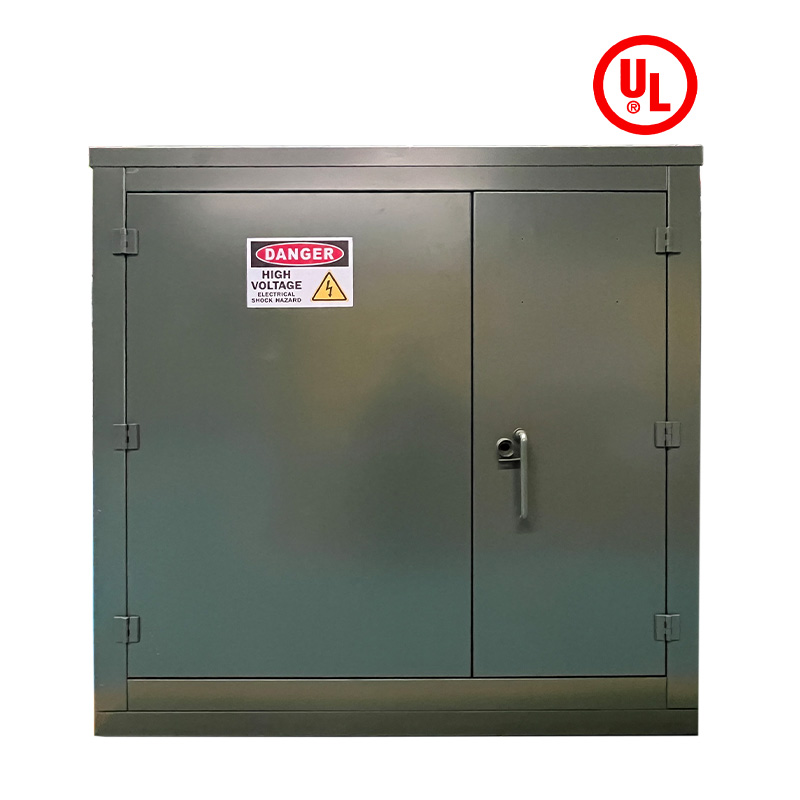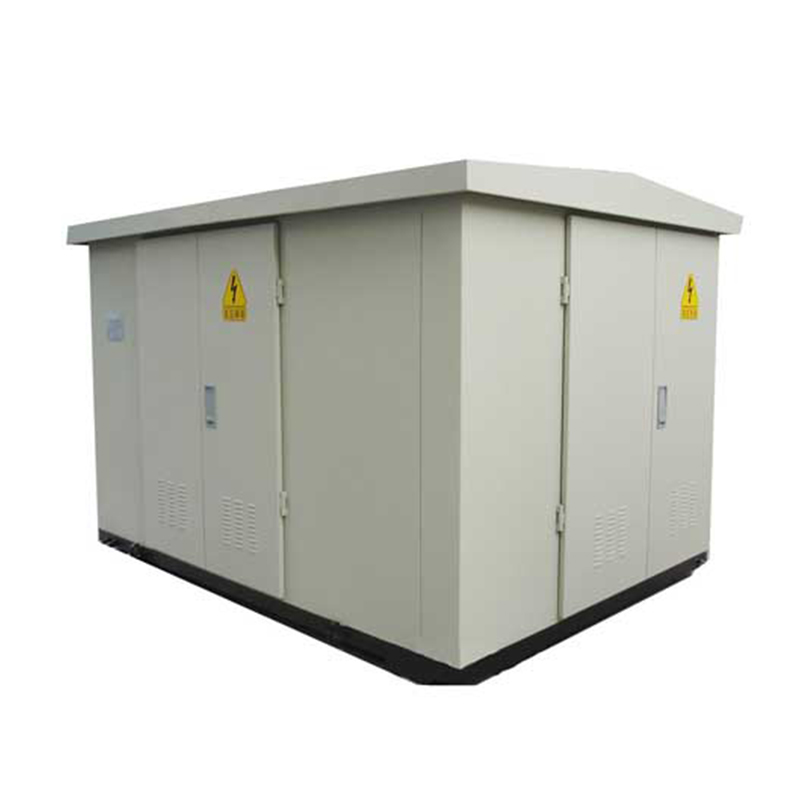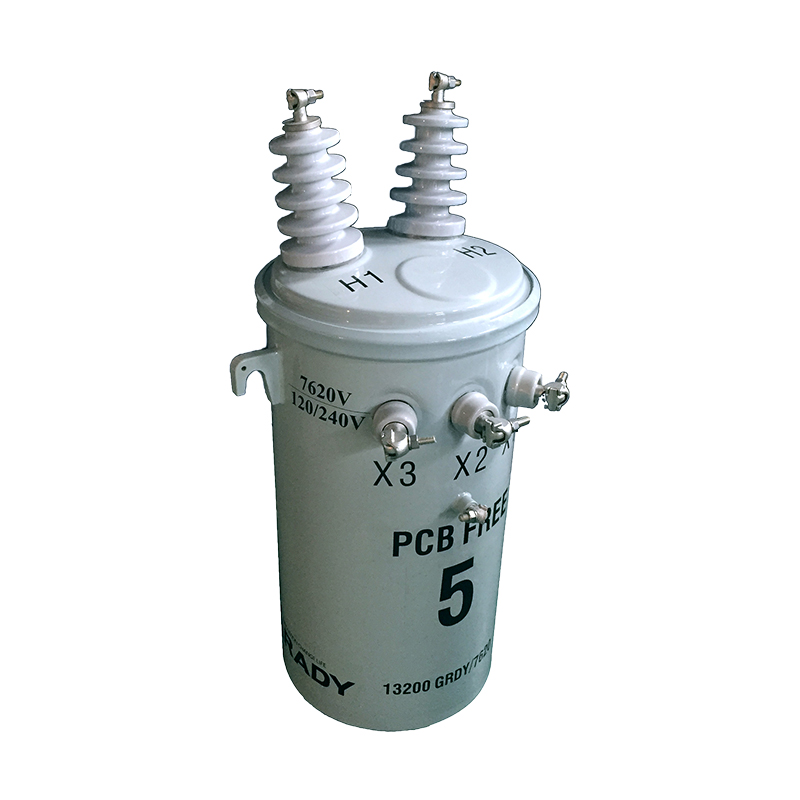Evaluation method for lightning impulse withstand capability of power transformers

The evaluation method for lightning impulse withstand capability of power transformers mainly includes the following steps:
1、 Preparation for the experiment
1. Initial measurement: Before applying the load, record the initial temperature of the transformer, including oil temperature and winding temperature. Ensure that all temperature data and test procedures are recorded in detail for subsequent analysis and review.
2. Equipment selection: Choose a suitable impulse voltage generator to ensure that it can generate the required lightning impulse waveform. Usually, the test waveform should be the standard lightning impulse full wave, which is 1.2 ± 30%/50 ± 20% μ s.
3. Connection test: Connect the transformer correctly to the testing equipment to ensure good grounding. All connecting wires should be as short as possible, and all grounding should be low impedance and properly connected to avoid interference.
4. Safety measures: During the experiment, ensure the safety of the operators and set up a safety alert area.
2、 Experimental process
1. Apply impulse voltage: Apply voltage according to the predetermined impulse waveform, gradually increasing to the voltage value required by the design. Usually, the test sequence includes one impulse (standard impulse) with a voltage of 50%~75% of the test voltage, followed by three full voltage impulses.
2. Observation of response: While applying impulse voltage, observe the response of the transformer and record whether there is breakdown or other abnormal phenomena. Oscillogram can be used to record the transient waveforms of voltage and current.
3. Repeated testing: To ensure the reliability of the test results, multiple impact tests are usually required.
3、 Evaluation of experimental results
1. Voltage withstand standard: The transformer should be able to withstand the specified lightning impulse voltage, usually 1.5 times the rated voltage of the transformer. If external flashover occurs in the circuit or at the spark gap of the bushing during the application of any impulse voltage, or if the oscilloscope on any specified measurement channel fails, then the voltage impulse can be ignored and needs to be reapplied.
2. Insulation performance: After the test, the insulation performance of the transformer should be maintained in good condition, and there should be no insulation damage or breakdown phenomenon. Insulation performance can be evaluated by examining the waveform diagram and conducting other relevant electrical tests.
4、 Precautions
For three-phase transformers with tap connections, lightning impulse tests are generally conducted at two extreme tap connections and rated tap connections.
When the tested winding is a fully insulated or delta connected winding, the non test terminals of the tested winding are allowed to be grounded through resistance, but it should be ensured that the voltage on the non test terminals does not exceed 75% (for star connected windings) or 50% (for delta connected windings) of its rated withstand voltage.
During the experiment, all experimental data and observation results should be recorded in detail for subsequent analysis and evaluation.
In summary, the evaluation method for lightning impulse withstand capability of power transformers is a systematic and complex process that requires strict test preparation, precise test operations, and meticulous evaluation of test results.
Relatenews
- Architecture Design of IoT-Based Monitoring System for Power Transformers 2025-09-05 15:27:00
- Judgment Standards and Oil Change Process for Power Transformer Oil Deterioration 2025-09-05 15:23:00
- Design and Mechanical Strength Verification of Short-Circuit Withstand Capability for Power Transformers 2025-09-05 15:19:00
- The Role of Power Transformers in Voltage Regulation within Power Systems 2025-08-25 08:14:00
- Environmental Regulations and Technical Measures for Power Transformer Noise Control 2025-08-25 08:12:00
- The Application of Big Data Analytics in Power Transformer Fault Prediction 2025-08-25 08:11:00
- Impact of Distributed Generation Integration on Load Characteristics of Power Transformers 2025-08-16 09:43:00
- Conditions and Protection Coordination Strategies for Parallel Operation of Power Transformers 2025-08-16 09:42:00





